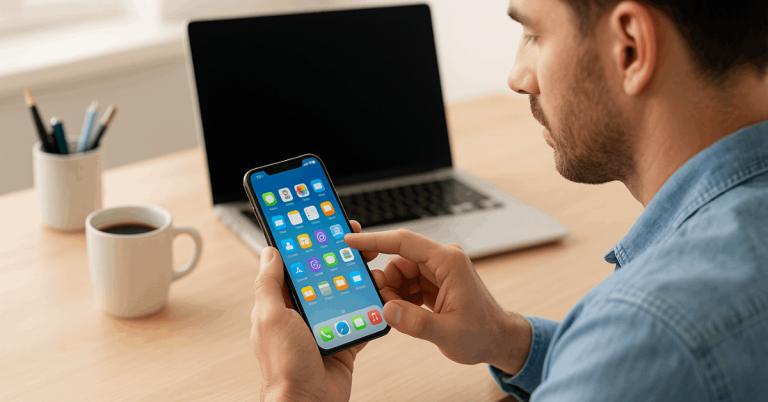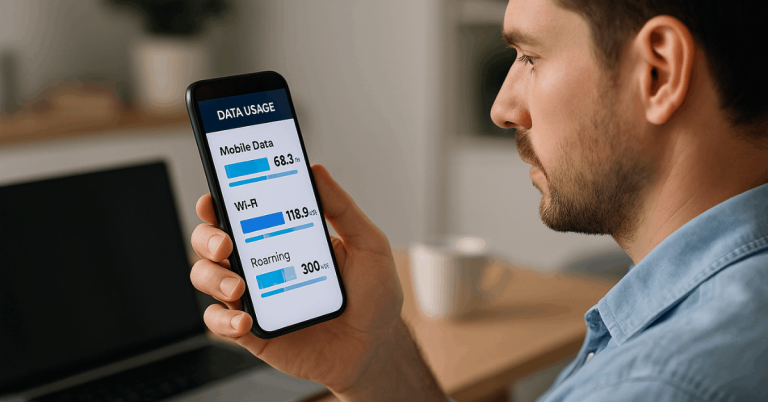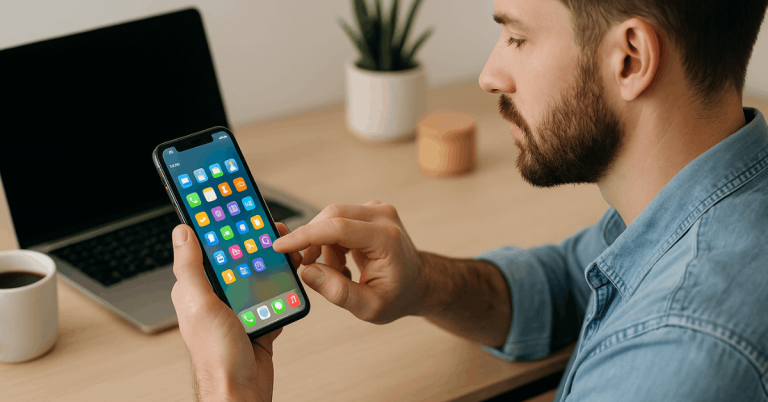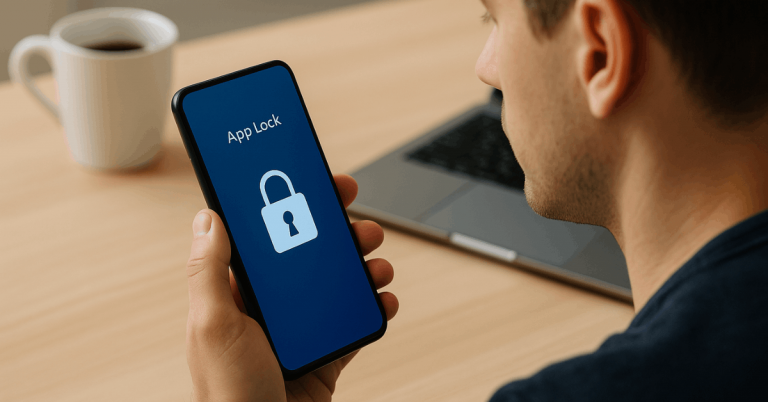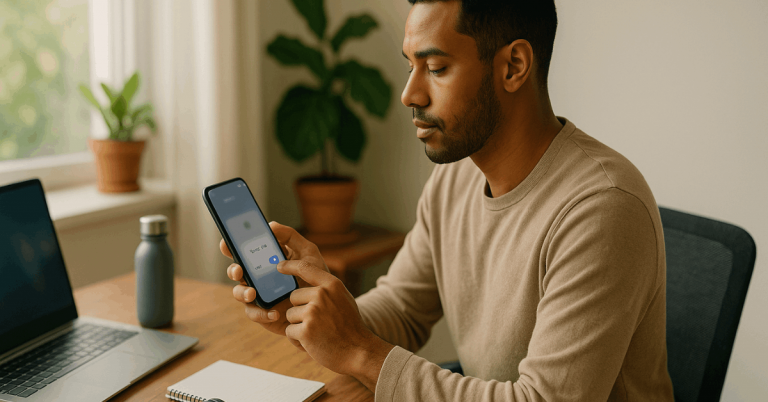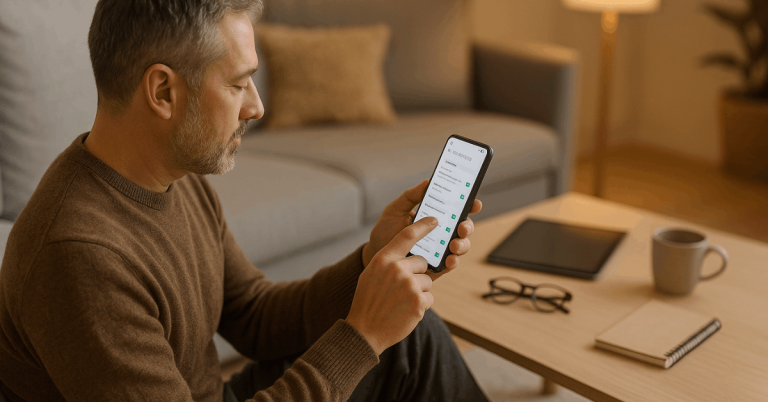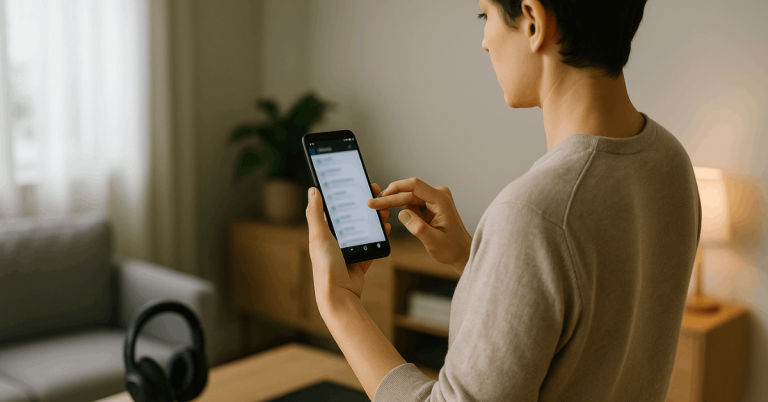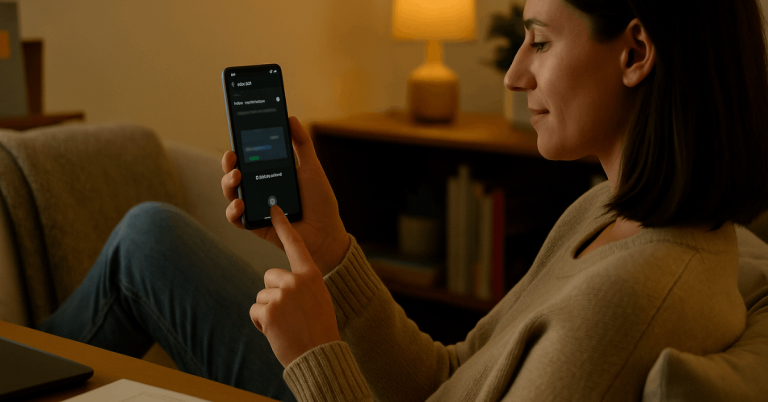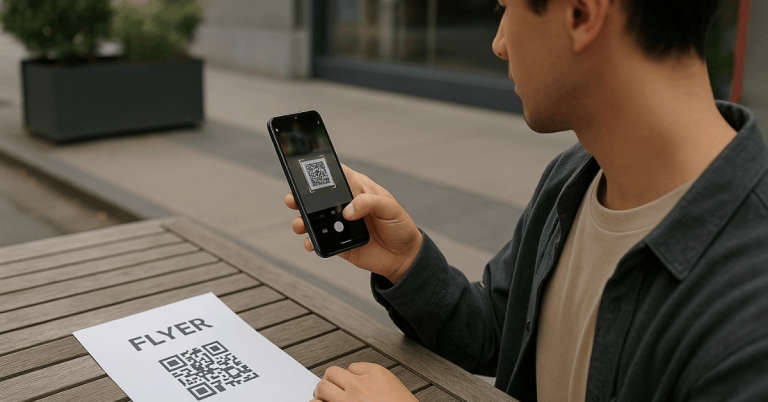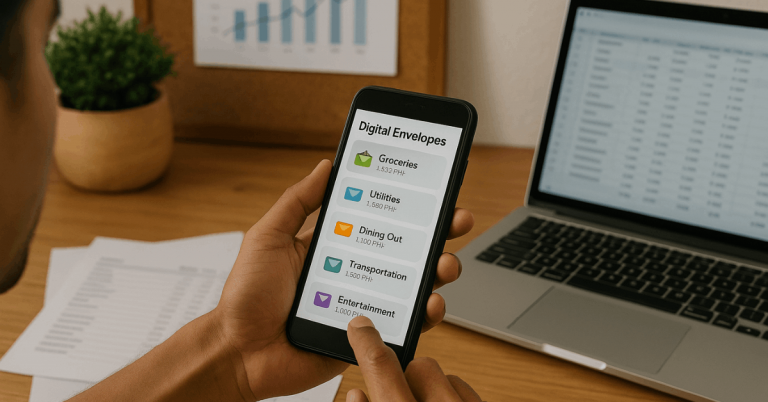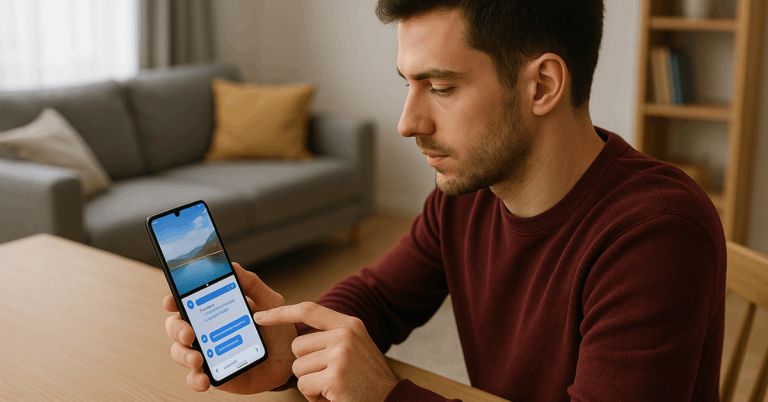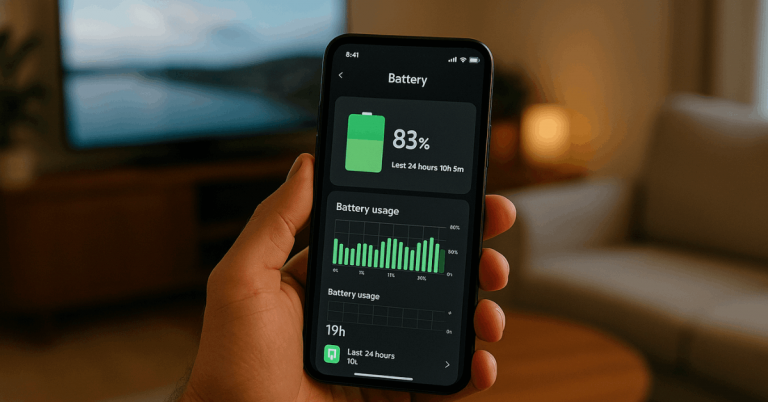Keeping your child safe online is essential in today’s digital world. Learning how to set up parental controls on mobile helps you manage your child’s screen time and online activities effectively.
Both Android and iPhone offer built-in options to filter content and track usage. With these tools, you can guide responsible device use and ensure a safer digital environment.
Understanding Parental Controls
Parental controls are essential for teaching children balanced and secure smartphone use.
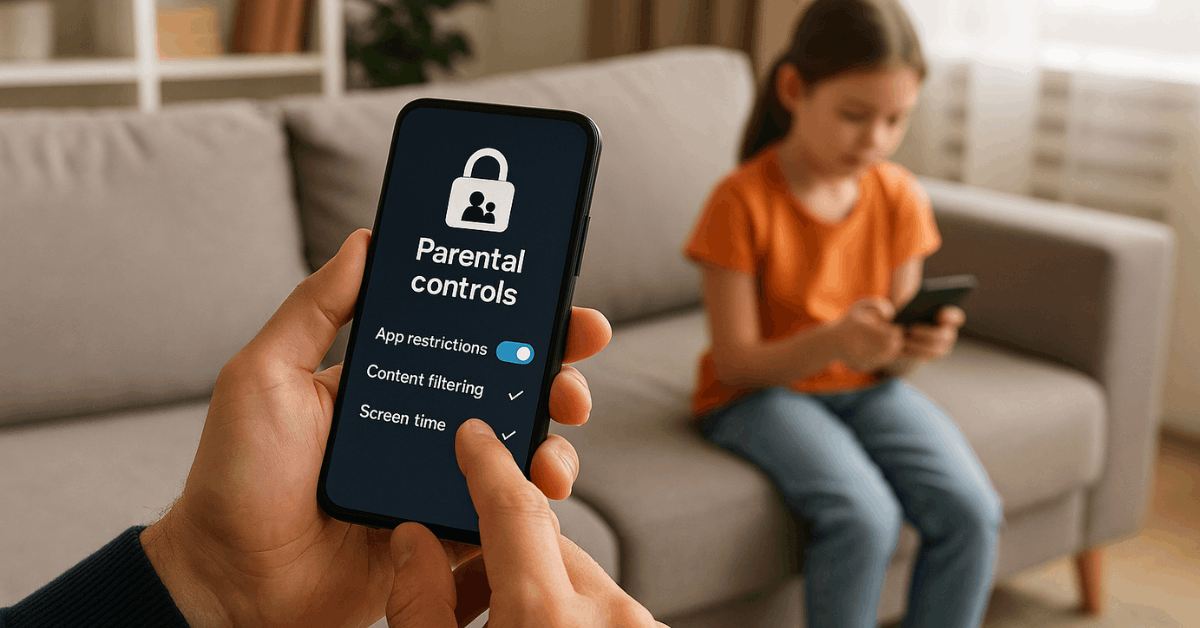
They allow you to create boundaries that prevent exposure to harmful or age-inappropriate content.
What Are Parental Controls?
Parental controls are built-in mobile features that let you supervise your child’s digital activity.
You can manage app installations, browsing, and purchases directly from your device.
On Android and iOS, they help filter content, block adult material, and apply screen-time limits. These controls give you oversight without removing your child’s sense of independence.
Why You Should Use Parental Controls?
Using parental controls helps you set clear digital rules at home. It prevents problems like overspending, cyberbullying, or exposure to explicit media.
They also promote time management by reducing screen addiction. Most importantly, they build an open and guided relationship between you and your child about technology.
Preparing to Set Up Parental Controls
Before activating any restrictions, make sure your devices and accounts are properly prepared.
This ensures smooth setup and avoids sync errors between your account and your child’s device.
Check Device Compatibility
Older phones may not support full parental control options. Android features need the latest version of Google Family Link, while iPhones rely on updated iOS Screen Time.
Always check software updates before enabling settings. Keeping both devices updated ensures the restrictions function properly.
Create a Family Group or Account
Creating a family group connects your accounts for easier monitoring. Android users can set up Google Family Link, while iPhone owners use Family Sharing under Settings.
Once linked, you can review app activity, approve downloads, and set screen-time limits remotely. Linking both devices makes parental management simple and consistent.
Decide What to Restrict
Plan which aspects of phone use need supervision. This might include app downloads, web browsing, in-app purchases, or communication limits.
Make a short list of priorities before setting up controls. Preparing in advance helps you apply restrictions efficiently and save time.
How to Set Up Parental Controls on Android?
Android gives you flexible options through Google Family Link and internal settings. You can manage apps, screen time, and filters quickly and efficiently.
Step 1: Install Google Family Link
Open the Google Play Store and install Google Family Link for Parents. Create your Family Group, then link your child’s Google account to your own.
Once connected, the parent app controls settings like usage reports, app approvals, and location tracking. This link allows you to monitor your child’s activity remotely.
Step 2: Manage Screen Time and App Limits
Within Family Link, open your child’s profile and tap Screen Time. Set daily limits or define a bedtime schedule that locks the device after hours.
You can also limit specific apps that consume excessive time, such as games or social media. These time boundaries encourage healthier screen habits and focus.
Step 3: Approve or Block App Downloads
Family Link allows your child to request permission for app downloads. Every time they attempt to install something, you receive a notification to approve or deny.
This prevents access to inappropriate or mature apps. It also gives you insights into your child’s digital interests and behavior.
Step 4: Control Content Filters and Web Activity
Use Family Link settings to block explicit websites and videos. Turn on SafeSearch in Chrome and activate Restricted Mode in YouTube.
You can also adjust Play Store content ratings to allow only age-appropriate media. These filters create a safe browsing environment for learning and entertainment.
How to Set Up Parental Controls on iPhone (iOS)?
Apple devices offer a complete parental management system through Screen Time. It allows you to limit content access, app use, and communication settings.
Step 1: Enable Screen Time
Go to Settings > Screen Time and select Turn On Screen Time. Choose “This is My Child’s iPhone” and create a secure passcode known only to you.
The passcode prevents unauthorized changes to restrictions. Screen Time begins tracking device activity immediately after setup.
Step 2: Set Content and Privacy Restrictions
In Screen Time, activate Content & Privacy Restrictions. You can block explicit music, websites, and video content.
Restrictions also apply to in-app purchases and App Store ratings. Enabling this ensures your child’s digital environment remains age-appropriate and controlled.
Step 3: Manage App Usage and Communication Limits
Tap App Limits to set daily usage caps by category or app. Under Communication Limits, you can restrict who your child contacts during certain hours.
These restrictions help maintain focus during school and encourage downtime. Consistent schedules create a healthy balance between technology and rest.
Step 4: Set Up Family Sharing
Go to Settings > Apple ID > Family Sharing to add your child’s account. This lets you share purchases, approve app requests, and monitor screen-time activity remotely.
You can also track device location when needed. This shared setup keeps parents informed without invading privacy.
Extra Tips for Parents
Digital safety works best when paired with clear communication and trust. Parental controls are effective, but your involvement matters even more.
Encourage Open Conversations
Explain to your child why you are applying parental controls before turning them on. When they understand the purpose, they’ll be more cooperative and engaged.
Listen to their opinions and make small adjustments when reasonable. A transparent approach builds mutual trust and accountability.
Review Settings Regularly
As technology and apps evolve, your child’s needs may change. Review your parental settings at least once a month to stay updated.
Modify filters or screen limits based on behavior and age. Continuous review ensures your controls remain effective and balanced.
Use Trusted Third-Party Apps
If built-in options aren’t enough, consider reliable parental control apps. Popular tools like Qustodio, Bark, or Net Nanny provide detailed activity reports and alerts.
They support multiple devices and offer strong content blocking features. Choose one that fits your comfort level and family structure.
Troubleshooting Common Issues
Sometimes parental control tools may not function as expected. Knowing how to troubleshoot helps maintain smooth and consistent supervision.
Child’s Device Not Syncing
If your child’s device doesn’t sync properly, check the internet connection first. Make sure both devices are logged into the correct Family Link or iCloud account.
Re-linking the account or restarting the app often fixes issues quickly. Keeping both devices updated ensures stable connectivity and control.
Forgotten Passcode
If you forget your Screen Time passcode, recover it using Apple ID verification. On Android, reset passwords from your Google Account settings.
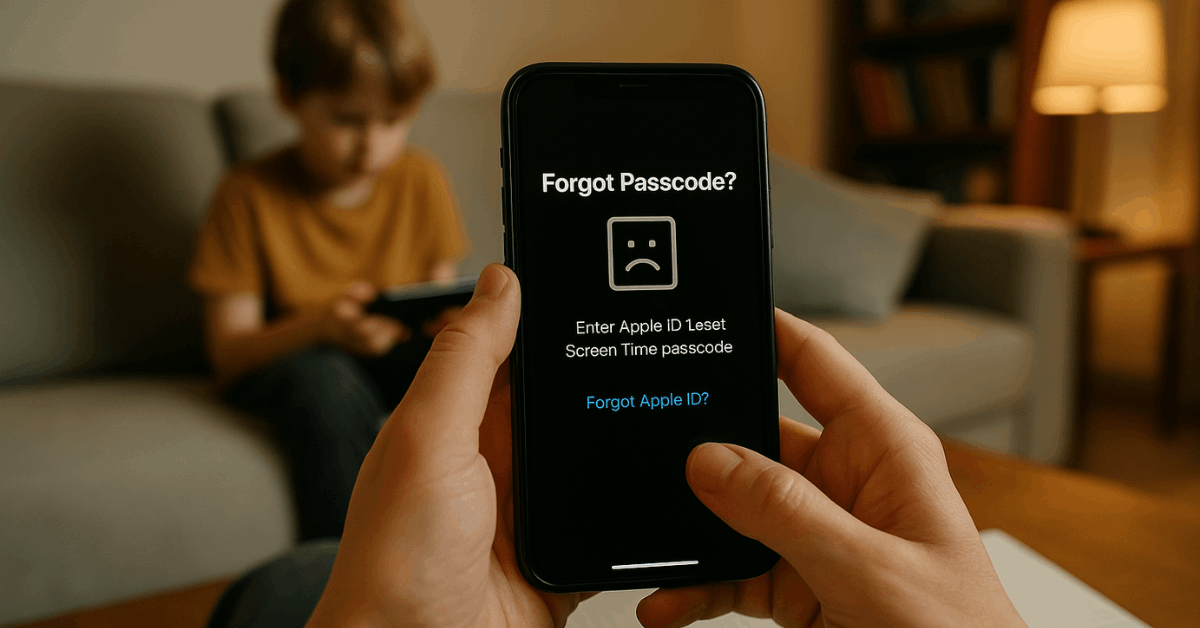
Always store passcodes securely in a password manager or notebook. This prevents losing access to essential control features.
App or Feature Not Blocking Properly
When apps bypass restrictions, check if the system or app is outdated. Confirm that the restriction category matches the app type, like games or social media.
Updating or reinstalling the app often restores functionality. Regular maintenance keeps filters and restrictions reliable.
Digital Parenting Best Practices
Strong digital parenting combines technical tools with consistent family values. It ensures safety while building responsible habits over time.
Establish a Balanced Screen-Time Routine
Promote a schedule that mixes study, rest, and leisure activities. Encourage short breaks from screens to protect your child’s mental and physical health.
Adjust limits based on their school schedule and age. A stable routine helps them use technology for education and creativity.
Model Good Digital Habits
Children imitate what they see daily. Limit your own phone usage during meals or family time.
Show your child how to balance offline and online activities. Leading by example strengthens respect for digital boundaries and family harmony.
Conclusion – Keep Your Child’s Digital World Safe
Parental controls are vital for maintaining a secure and healthy online environment. Both Android and iPhone make it easy to set up limits and filters.
But remember, guidance and communication matter as much as settings. Use these tools today to help your child navigate technology responsibly and safely.
